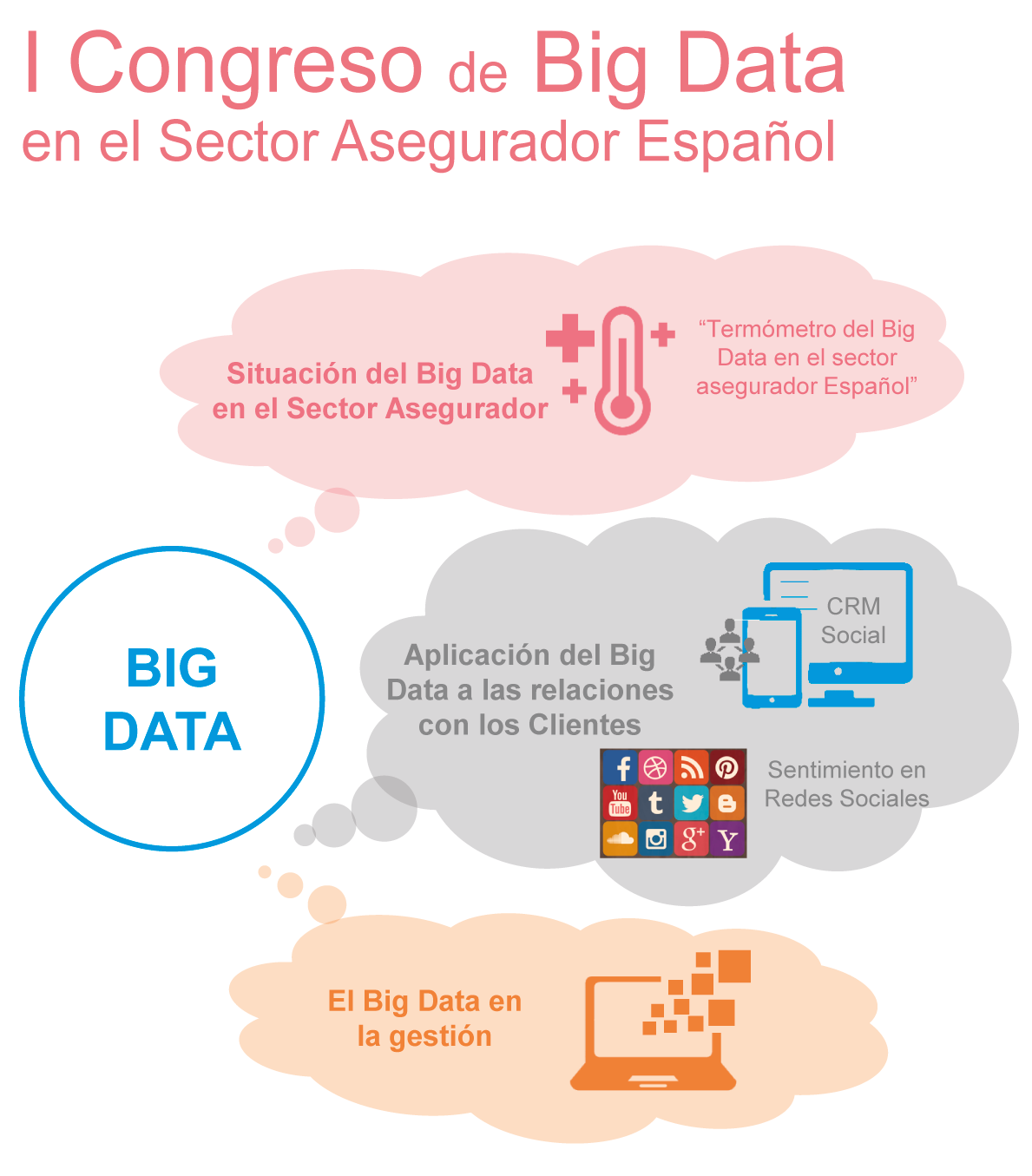For insurance companies, it is vital to listen and understand the feedback that their current and potential customers express through all kinds of channels and touch points. All this valuable information is known as the Voice of the Customer. By the way, we had already dedicated a blog post to Text mining in the Insurance industry.
(This post is a based upon the presentation given by Meaning Cloud at the First Congress of Big Data in the Spanish Insurance Industry organized by ICEA. We have embedded our PPT below).
More and more insurance companies have come to realize that, as achieving product differentiation at the industry is not easy at all, succeeding takes getting satisfied customers.
Listening, understanding and acting on what customers are telling us about their experience with our company is directly related to improving the user experience and, as a result, the profitability. In the post on Voice of the Customer and NPS, we saw in more detail this correlation between customer experience and benefits.
Big Data in the Spanish Insurance Industry

The data sources on which we must work with the Voice of the Customer have the three defining “Vs” of Big Data: Volume, Variety, and Velocity.
Volume: insurance companies have at their disposal massive volumes of text daily.
Variety: The channels are very different: their agents, customer service centers, email, social networks and the web in general. The information collected includes claims and complaints, survey results, relevant interactions with both customers and non-customers in social networks, etc.
Velocity: As the analysis is best done in real time, the immediacy and the “emotional” nature of the new social channels make them an impressive source of raw material for valuable insights to efficiently manage the customer experience (CX).
However, in our experience, much of this information source remains untapped. And not because insurance companies have not understood the value of the Voice of the Customer. The problem lies in their lack of human resources at the insurance companies read, classify, interpret or extract value from such data volumes. Let alone to do it all in real time.
Semantic Technology for the Voice of the Customer
Only an automatic or semi-automatic processing of the massive sources of unstructured data enables us to conduct this analysis with the necessary quality, volume, timing and consistency necessary. This is the way we help insurance companies exploit their unstructured data.
Currently, semantic analysis tools allow us to draw near-real-time meaning from large amounts of unstructured data (text) that the company gets from its customers. Thus, conversations by email, phone, and social media can be incorporated and properly analyzed.
On the other hand, Sentiment Analysis (also known as Opinion Mining) consists of the application of natural language processing, text analytics, and computational linguistics to identify and extract subjective information from various types of content. The automatization of sentiment analysis allows processing data that due to their volume, variety and velocity cannot be treated efficiently by human resources.
User profiling
Making the most of the interactions with customers in social conversations, the semantic technology behind Meaning Cloud allows us to profile users, both customers, and future customers, and to incorporate to the analysis demographic, personal and professional information, hobbies, interests and relevant topics on each user.
This profiling extraction is based on a mixed approach that combines machine learning with other information extraction techniques.
Finally, in the slideshow below, we show a number of real examples of how semantic technology extracts value from the Voice of the Customer in the insurance sector. We use public sources for the analysis, namely Internet forums and Twitter.
Note: texts in the slides are written in Spanish.
What can insurance companies do to exploit all their unstructured information?
Insurance companies collect huge volumes of text on a daily basis and through multiple channels (their agents, customer care centers, emails, social networks, web in general). The information collected includes policies, expert and health reports, claims and complaints, results of surveys, relevant interactions between customers and no-customers in social networks, etc. It is impossible to handle, classify, interpret or extract the essential information from all that material.


